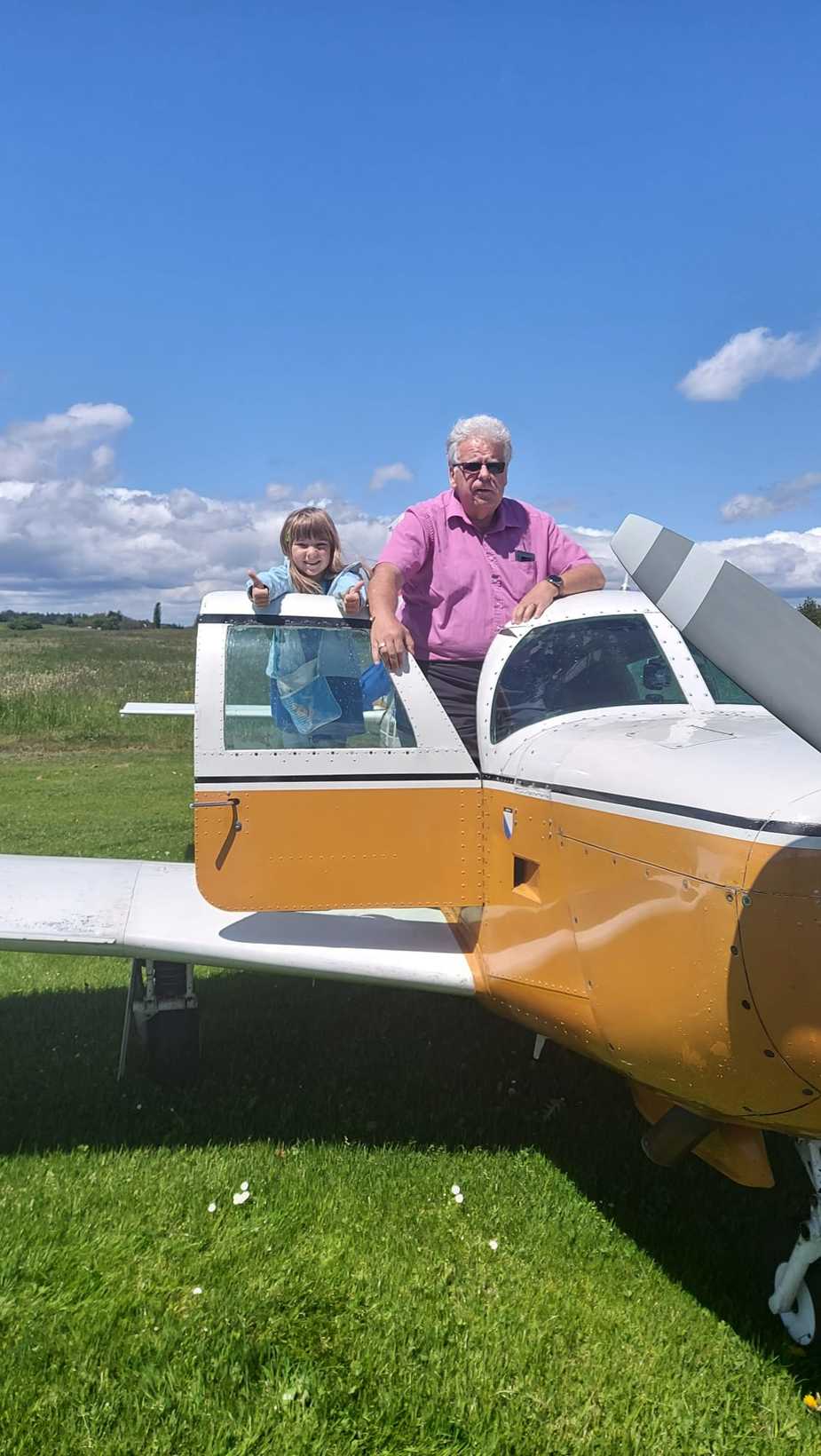It may be a risk appetite difference, but in North America it is not unusual for an SEP to fly at night over mountainous terrain. An MEP might just be OK on the inevitable drift down if it is not turbocharged, as it is a relatively slow descent and some MEP will have a drift down table. Probably around 400 fpm at FL150, reducing to zero as you approach absolute OEI ceiling, typically around 7,000’. The N-S airway from Switzerland to Italy, you were exposed for around 50 nm, where the drift down would place you below MSA. You would need to be current in engine securing drills, and if in the cruise, confident enough to carry out a precautionary shut down as the signs of impending failure became apparent.
The SET crowd fly regularly over hostile terrain at night, but cruising at FL280 with a 16:1 glide ratio, the forced landing options are many more than in an SEP.
arj1 wrote:
Peter, that is all about a personal risk appetite – some people would fly at night and say the risk is low, the others would say “no way! I’ll die if I crash”.
I think in addition to that, there is not that many people who muse over such things the way we do. Lots of PPL’s never read fora, do their flying, get a rating (Night, IR, whatever) and think, ok, now I got it, let’s go fly. The risk factors never occurr to them the way they do to us. Hence many have a happy go lucky attitude which in some cases ends up with accidents.
When I got my PPL and later my IR that is how I thought. Accidents were not on my mind. Young and carefree at the time, I flew a lot of things (with my C150 at the time) which by my current standards I would not do… including IFR night from Avignon to Geneva (Landing time 21:45). Was a good time however.
The question is where to find the balance. Doing accident investigation in any capacity will make you VERY risk aware. This is even true for regular fora readers who get all the bad news, much more than the average PPL does. Imagine if as a driver you got this amount of bad luck information… like insurance assessors or ambulance drivers do. One sometimes wonders how they still leave their homes after all they see.
I don’t have the answer but i guess it is anyone’s own decision just where he wants to go. It may depend on many factors: Owned plane vs rental, knowing the plane, knowing the engine, due diligence in pre-flight e.t.c. will cut out a large amount of engine related risk (let along fuel starvation accidents). But as the saying goes, no risk, no fun, which you may well replace by flying. You accept inherent risks with flying, with driving, with living in general. Just how far you want to go is up to you. But it is also clear that the amount of information you receive about bad incidents and accidents will influence that assessment hugely over time.
Flying SEP over mountains any terrain in daylight: engine fails, you can do something about it
Flying SEP over mountains any terrain at night: engine fails, you pray
I would say that flying in mountains at night brings a lot of dangers if the engine is running (CFIT because of misjudged performance, adverse winds, navigation errors etc) which are reasonably mitigated with EGPWS, synthetic vision or similar. Other than that, an engine failure over European populated terrain is so bad that mountains make not much difference except you perhaps die at a higher altitude.
Dan Gryder (Probable Cause):
- Night
- Terrain
- IMC
- Ice
Pick one (only)!
It is all about risk management.
For me, risk aversion started when I became a father. Before that I was happy to head out in 3 mile visibility and 800ft ceilings. 
Quote there is extra risk from night hypoxia which starts at 5kft
Can you explain this one?
I can’t remember hearing about this in the atpl course.
AdamFrisch wrote:
For me, risk aversion started when I became a father
Ditto.

So far my girl has only seen the airplane on the ground… hopefully that will change once it is repaired.
Eyesight is much more effected by altitude, at night. Don’t know the technical explanation. The FAA recommends oxygen above 5000ft at night.
As regards risk aversion with passengers, a flight I would not do with passengers I would not do solo either  Except some passengers are terrified of IMC or turbulence, and that’s a different thing.
Except some passengers are terrified of IMC or turbulence, and that’s a different thing.
Peter wrote:
As regards risk aversion with passengers, a flight I would not do with passengers I would not do solo either
Depends on the passenger.
FlyingAppel wrote:
Can you explain this one?
I can’t remember hearing about this in the atpl course.
Night vision gets impaired with lack of oxygen at lower altitudes way bellow altitudes daylight onset of hypoxia (which is mostly about “pilot judgement”), lack of oxygen causes night visual impairment as the rod cells require a lot of oxygen
I doubt EASA has a number in mind but FAA puts 6000ft AMSL recommendation for NVFR without oxygen
https://www.cfinotebook.net/notebook/aeromedical-and-human-factors/vision
https://www.faa.gov/pilots/safety/pilotsafetybrochures/media/hypoxia.pdf
https://www.easa.europa.eu/sites/default/files/dfu/210635_EASA_HYPOXIA_BROCHURE.pdf
Peter wrote:
Except some passengers are terrified of IMC or turbulence, and that’s a different thing.
Most of these guys tend to find late evening & dark night very peaceful and perceived to be safer (compared to the convective/windy midday, a “chacun son gout”  )
)